Rising Healthcare Expenditure
The upward trend in healthcare expenditure across various regions appears to be a significant factor influencing the Pleurisy Market. Increased funding for healthcare services often translates into better access to diagnostic tools and treatment options for pleurisy. As governments and private sectors allocate more resources towards healthcare, the availability of advanced medical technologies and therapies is likely to improve. This trend may lead to enhanced patient care and outcomes, thereby driving demand within the Pleurisy Market. Additionally, as healthcare systems evolve to meet the needs of an aging population, the focus on respiratory health is expected to intensify, further contributing to market growth.
Integration of Telehealth Services
The integration of telehealth services into the healthcare system appears to be transforming the way pleurisy is managed. Telemedicine offers patients convenient access to healthcare professionals, which may facilitate timely consultations and follow-ups. This trend is particularly relevant for individuals living in remote areas where access to specialized care is limited. By enabling remote monitoring and consultations, telehealth could potentially increase the number of patients seeking treatment for pleurisy, thereby expanding the Pleurisy Market. Moreover, as healthcare systems continue to embrace digital solutions, investments in telehealth technologies are likely to rise, further enhancing the market landscape.
Advancements in Treatment Modalities
Innovations in treatment modalities for pleurisy, including the development of targeted therapies and minimally invasive procedures, seem to be propelling the Pleurisy Market forward. Recent advancements in medical technology have led to improved patient outcomes and reduced recovery times. For instance, the introduction of video-assisted thoracoscopic surgery (VATS) has revolutionized the management of pleural effusions, a common complication of pleurisy. This shift towards more effective treatment options may encourage healthcare providers to adopt these new modalities, thereby increasing the demand for related products and services. As a result, the Pleurisy Market is likely to witness a surge in investments aimed at research and development, further enhancing the therapeutic landscape.
Growing Awareness and Education Initiatives
The increasing awareness of pleurisy and its associated symptoms among both healthcare professionals and the general public appears to be a crucial driver for the Pleurisy Market. Educational campaigns aimed at improving knowledge about respiratory health are being implemented across various platforms. These initiatives may lead to earlier diagnosis and treatment of pleurisy, thereby increasing the demand for healthcare services. Furthermore, as patients become more informed about their conditions, they are more likely to seek medical attention, which could result in a higher incidence of diagnosed cases. This trend suggests that the Pleurisy Market may experience growth as healthcare providers respond to the rising demand for diagnostic and therapeutic options.
Increasing Incidence of Respiratory Diseases
The rising prevalence of respiratory diseases, including pneumonia and tuberculosis, appears to be a significant driver for the Pleurisy Market. As these conditions often lead to pleurisy, healthcare systems are increasingly focusing on early diagnosis and treatment. According to recent data, respiratory diseases account for a substantial portion of global morbidity and mortality, which may lead to heightened awareness and demand for pleurisy-related treatments. This trend suggests that healthcare providers are likely to invest more in diagnostic tools and therapeutic options, thereby expanding the Pleurisy Market. Furthermore, the aging population, which is more susceptible to respiratory ailments, could further exacerbate this trend, indicating a potential growth trajectory for the market.
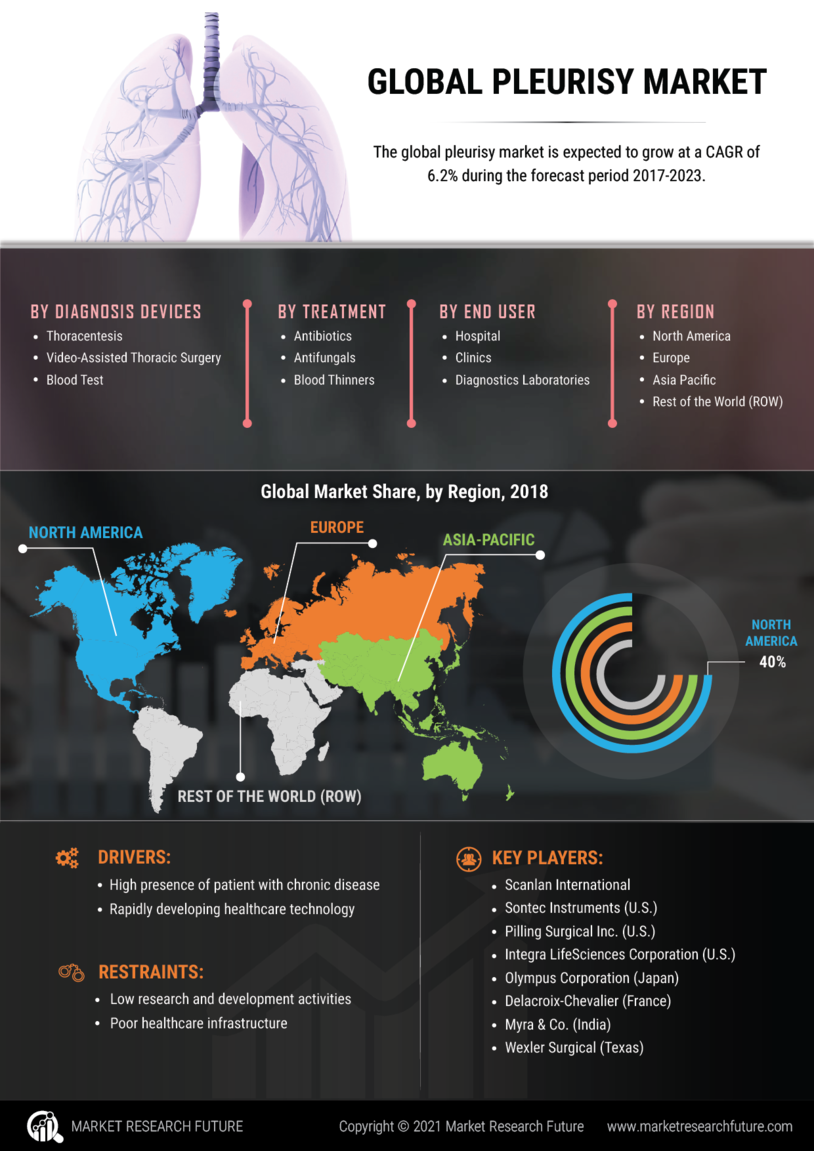

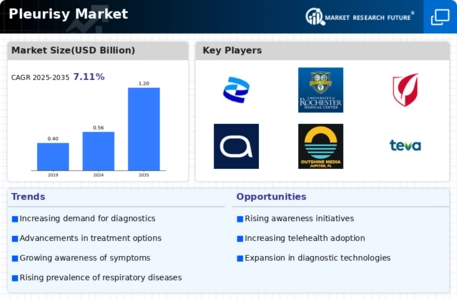
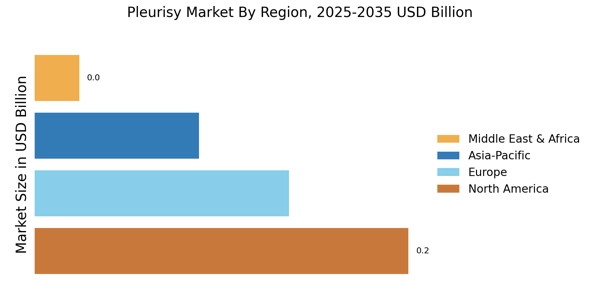
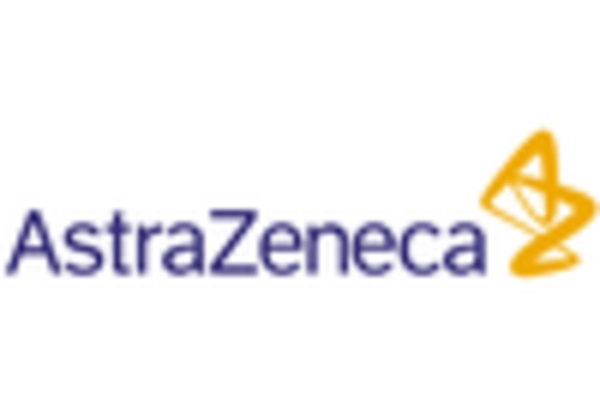
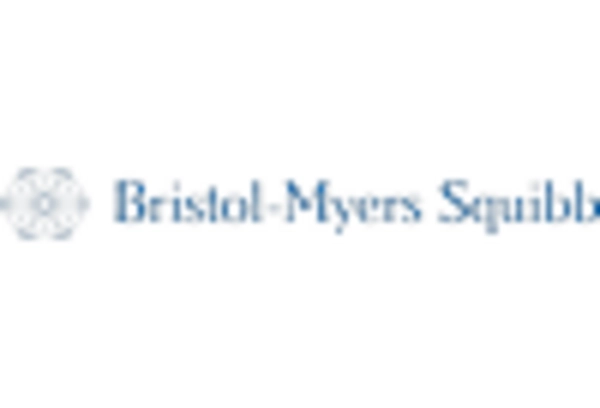
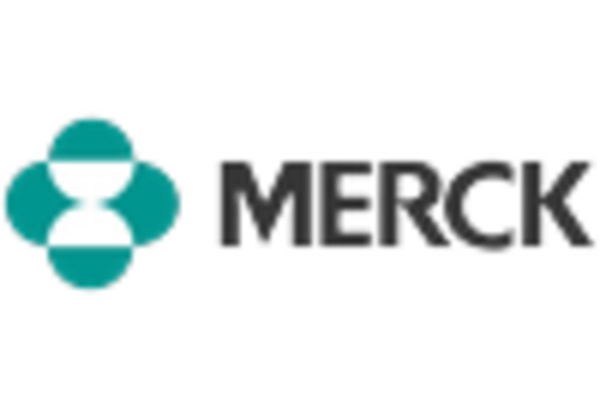
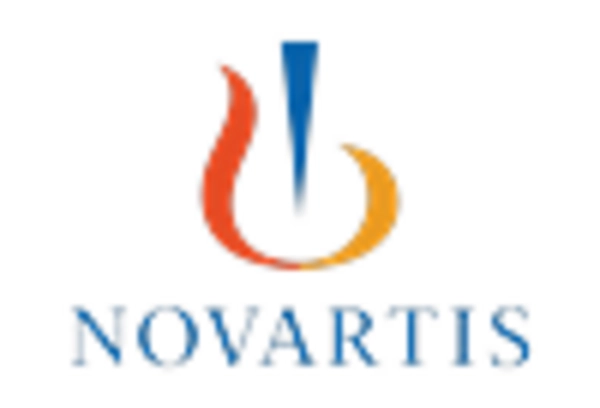

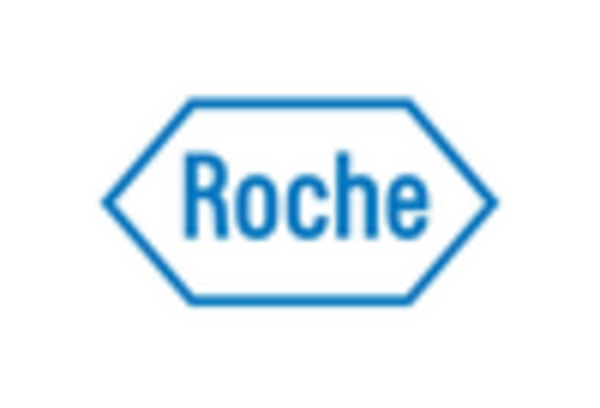








Leave a Comment